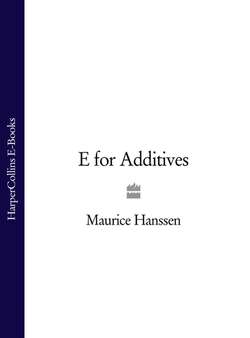Читать книгу E for Additives - Maurice Hanssen - Страница 17
Beer
ОглавлениеGerman beer has traditionally been made from just four ingredients—hops, malt, yeast and water. This was the result of the Reinheitsgebot, which was a consumer protection law issued by Duke Wilhelm IV of Bavaria in 1516.
Germany’s annual beer consumption is currently 146.5 litres for every man, woman and child. On 12 March 1987 the European Court in Luxembourg overturned the country’s decree banning imports of additive-containing beers from other countries. Even Bonn’s claim that beer makes up a quarter of the average German man’s diet so that the additives could be dangerous to health, did not move the court. It was counter-claimed that when the Germans exported their beer to other countries they were known to put in additives that are not permitted in Germany.
The Germans will go on producing their pure beers for home consumption and it is quite likely that the many undeclared additives in British beers will effectively deter the German beer drinker from buying them.
In particular, we need to be worried about the substantial additions of caramel (E150), which is the most widely used of all food colours and gives many beers, especially mild, stout, premium bitters, and strong ales, their colour. The 1987 Food Advisory Committee report on colours recommends that there be a maximum content not exceeding 5,000mg/kg, which seems rather high, as the same committee’s recommendation for brown bread is a maximum of 2,000mg/kg. Additives in use in beer include agents which keep a good head of froth on the beer and, as in wine, many technical aids, but there is no way of knowing just how ‘real’ is real ale, let alone the beverages which do not have such honest pretentions. An interesting and effective alternative to caramel is a refined malt. This might be classed as an ingredient rather than an additive.
